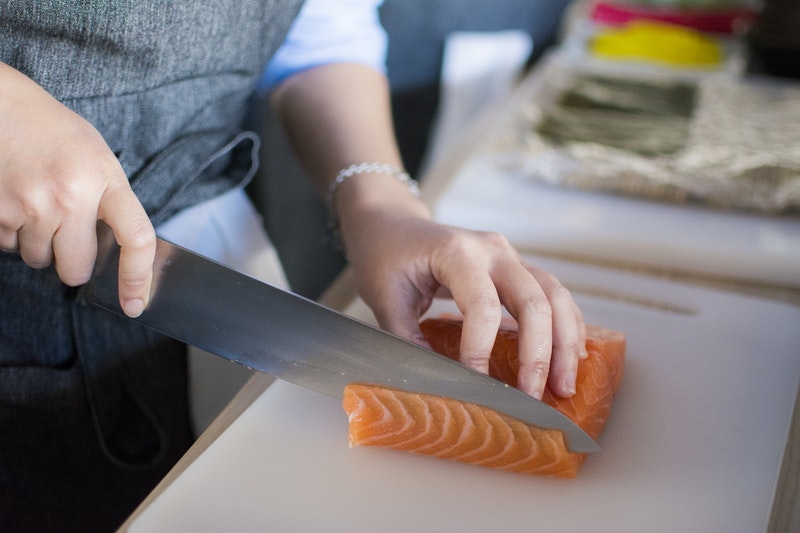Popular diets always find a big resurgence right around the beginning of a new year. 2019 is no different, and two of the most popular are the paleolithic, or paleo, and the ketogenic, or keto, diets. So, what are they? Mt. Auburn is here to help you break it down.
Paleo: Eating Like a Hunter-Gatherer
Sometimes called the caveman diet, the goal of this nutrition plan is to limit consumption of carbohydrates and dairy. Paleo is based on what humans ate in the paleolithic area, before farming became more impactful than hunting and gathering. This means meat, fish, fruit, vegetables, nuts and seeds are all on the menu, but legumes and grains are not.
Salt, refined sugar and processed foods are also on the do-not-eat list. Theoretically, meal planning for a paleo diet is more compatible with the human digestive system, and it is supposed to deliver more nutritious meals while helping you reach a healthy weight.
From the Mayo Clinic, a day on the paleo diet might look like this:
- Breakfast – Broiled salmon and cantaloupe
- Lunch – Broiled lean pork loin and salad (romaine, carrot, cucumber, tomatoes, walnuts and lemon juice dressing)
- Dinner – Lean beef sirloin tip roast, steamed broccoli, salad (mixed greens, tomatoes, avocado, onions, almonds and lemon juice dressing) and strawberries for dessert
- Snacks – An orange, carrot sticks or celery sticks.
Keto: High Fat to Burn Fat
In much the same way as paleo, the keto diet is anti-carb. It is a little more exact in how your food consumption should look, however. According to Women’s Health, the specific percentages of caloric consumption should be:
- 60 to 75 percent of your calories from fat
- 15 to 30 percent of your calories from protein
- 5 to 10 percent of your calories from carbs
Keto works by focusing on fats and protein to promote a feeling of fullness, and over time, a process called ketosis takes place, in which the body’s energy source changes from carbohydrates to ketones. For this transition to take place, it is recommended that you reduce daily carb consumption to 50 grams or less. Once ketosis occurs, you are likely to burn more fat and maintain a healthy weight as you continue on the diet.
If you have nutrition concerns or any questions about women’s health in general, our doctors are available to help. Make a call or fill out an appointment request form.
